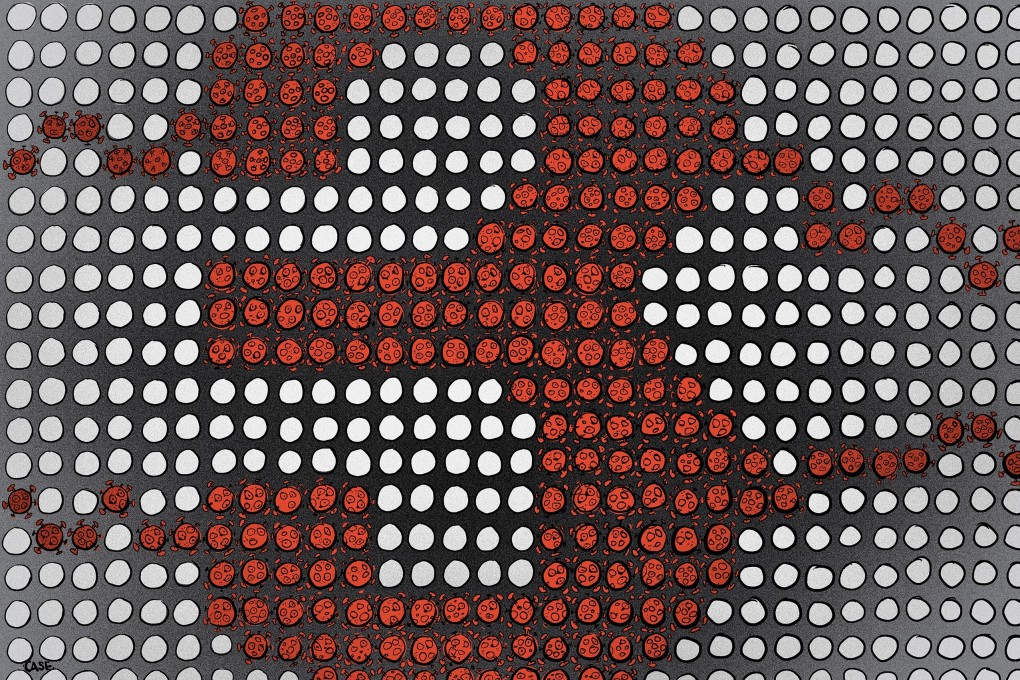Opinion | What Hong Kong can do to avoid a total lockdown and a fourth wave of Covid-19 cases
- Mathematical modelling suggests Hong Kong is at a critical point in the fight against Covid-19. The city needs more intensive care beds. To help the contact tracing process, people could go out less and keep a note of where they have been

In such a rapidly evolving situation, decisions about how to respond must be made very quickly, without the luxury of time to try out different strategies and see what works or what doesn’t. How, then, can we make sensible decisions about the introduction of new social restrictions or other public health interventions? We can learn from the successes and failures of policies elsewhere, but it is difficult to know whether particular measures will be as effective in Hong Kong.
In these circumstances, mathematical modelling of the pattern of disease transmission can be helpful in making predictions and decisions about the actions to take. This area of science is widely used, especially in the United States and Europe, to guide and monitor public health policy.
The Infectious Disease Modelling Group at City University has made a comprehensive computer model of the outbreak in Hong Kong, from which we can draw some conclusions about the third wave of infections, and make some predictions and recommendations about how to deal with it.

